CULEBRA
THINGS TO DO IN CULEBRA
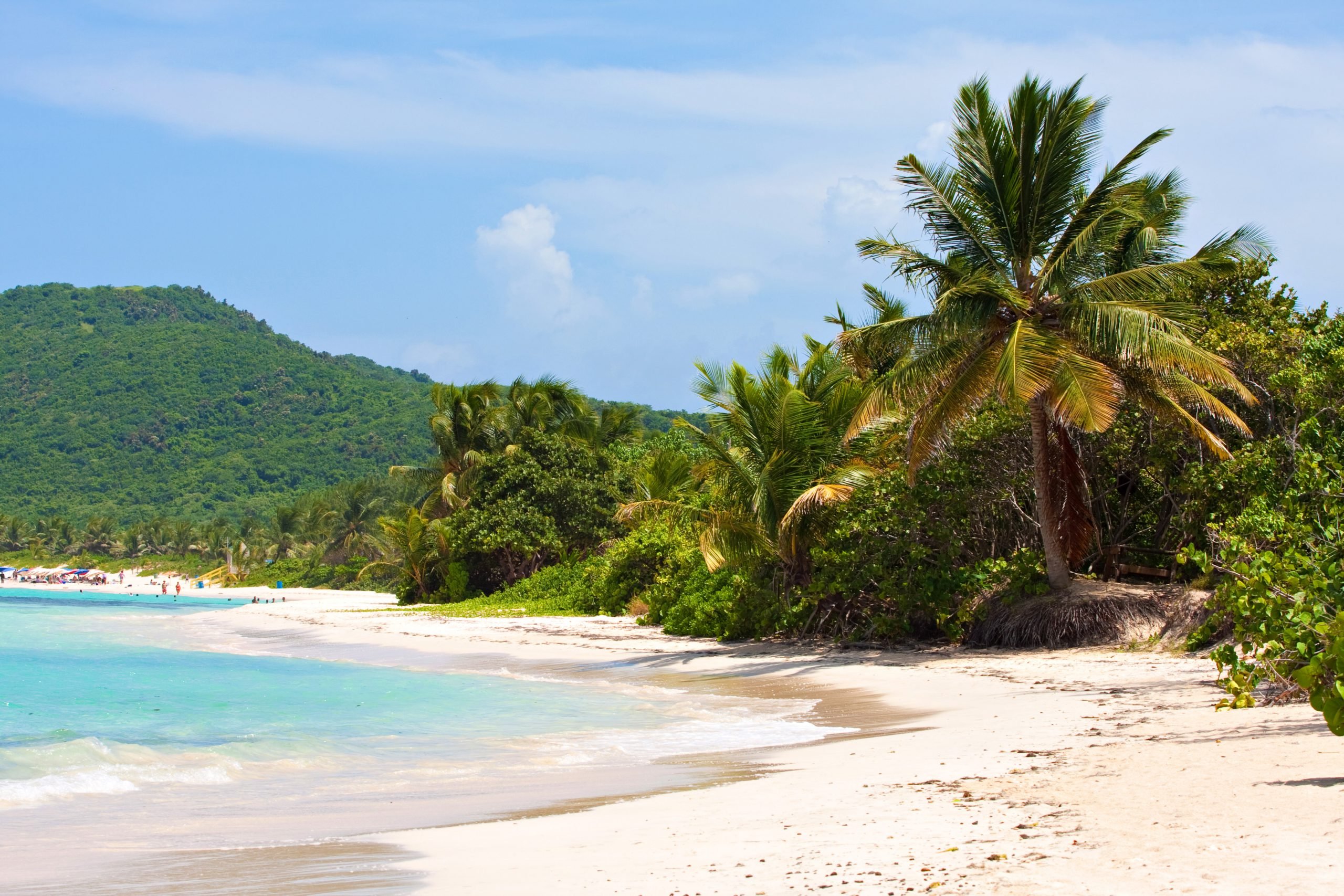
BEACH HOP
Culebra's white sandy beaches are much less crowded than those in most of Puerto Rico. Flamenco Beach is considered the most popular beach on the island and has been rated one of the best in the world by TripAdvisor and Forbes. Its horseshoe-shaped bay is an idyllic place to enjoy snorkelling, swimming, sunbathing and more. While you're there, be sure to take a photo in front of the famous graffiti-covered military tanks left behind by the US Navy during World War II.
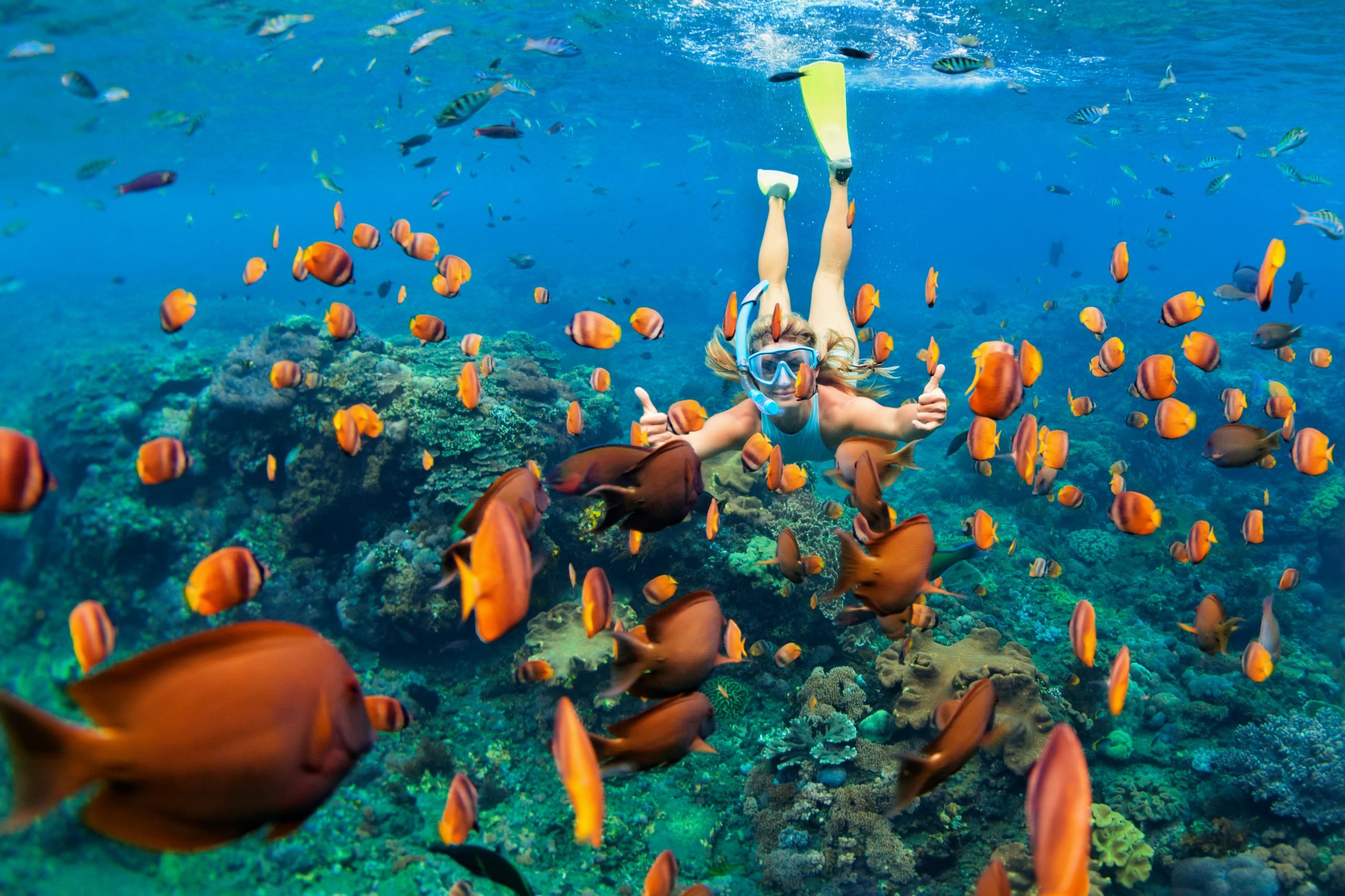
SWIMMING WITH FISH
Get your fins ready! Culebra is the perfect place for snorkelling or scuba diving. The coral reefs are full of brightly colored fish, and there are many natural tunnels, caves and wrecks to explore. Remember to bring your eco-friendly sunscreen to keep our reefs safe from harmful chemicals.
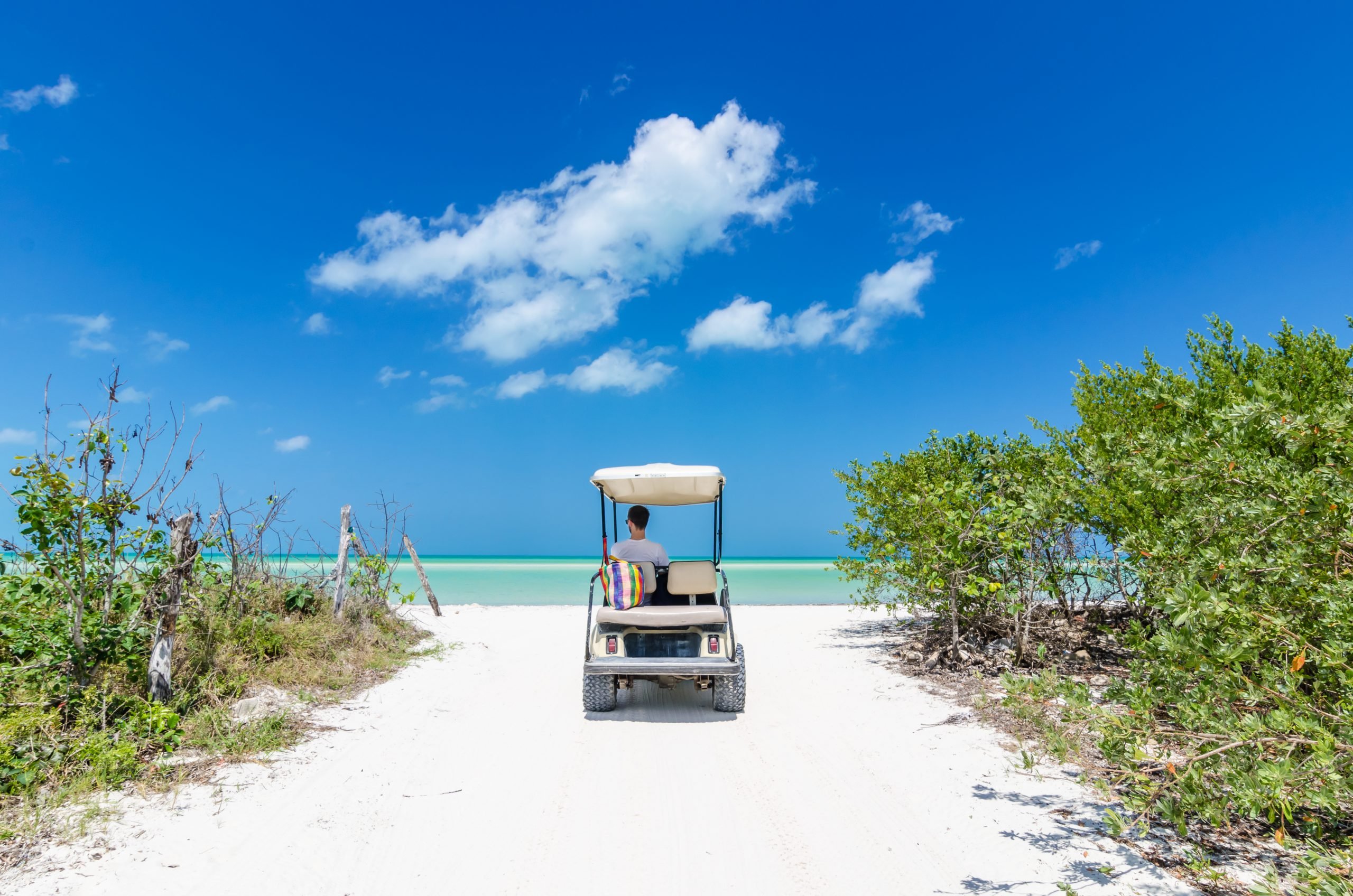
BUCKLE UP
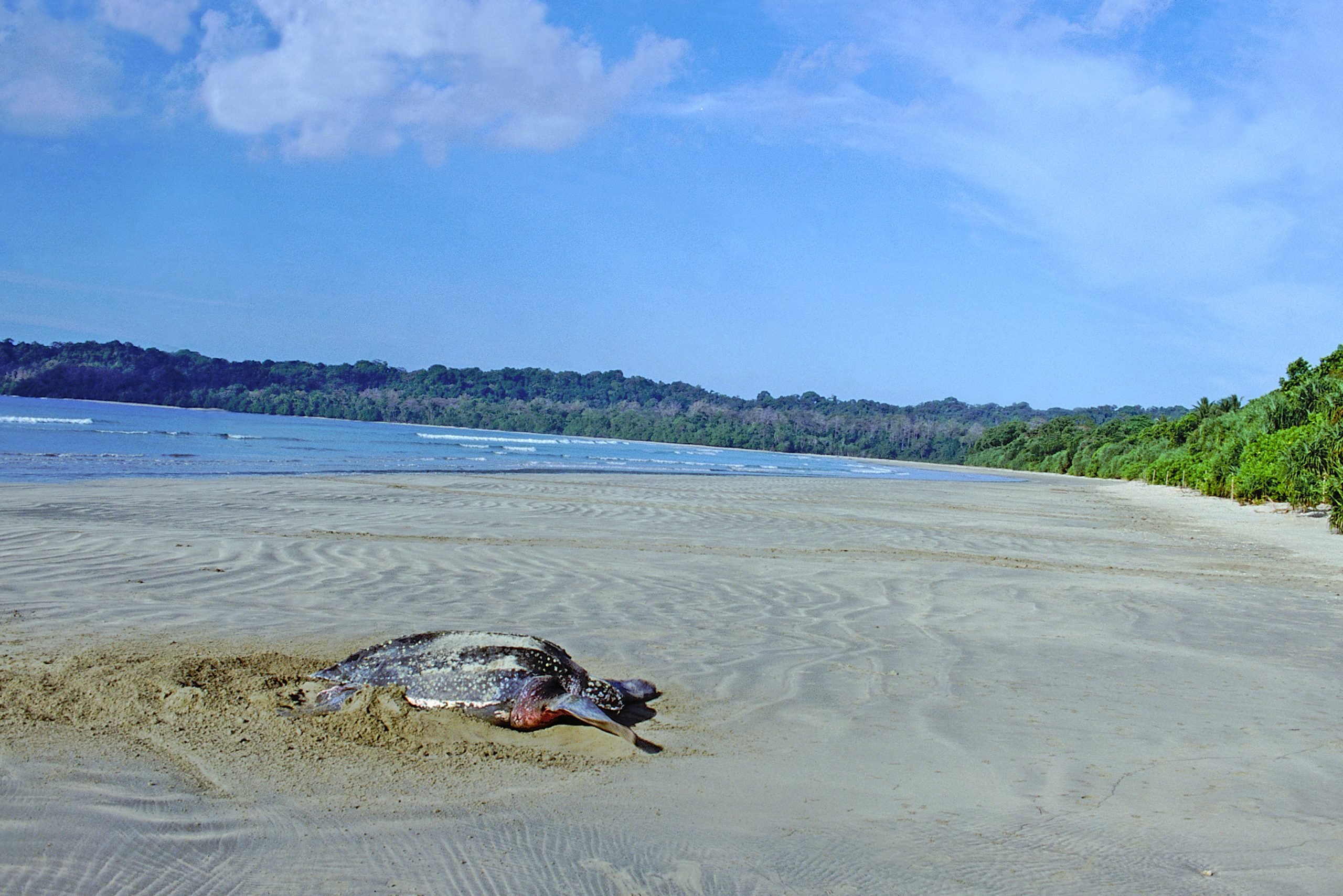
CULEBRA NATIONAL WILDLIFE REFUGE
The National Wildlife Refuge on Culebra was established in 1909 by President Theodore Roosevelt and remains one of the oldest wildlife refuges administered by the U.S. Fish and Wildlife Service. It is home to more than 115 species of birds and the largest seabird nesting area in the Caribbean. The refuge serves as habitat for endangered sea turtles, as well as other endangered animal and plant species. Nearly 25% of Culebra and 23 surrounding islands make up the refuge area.
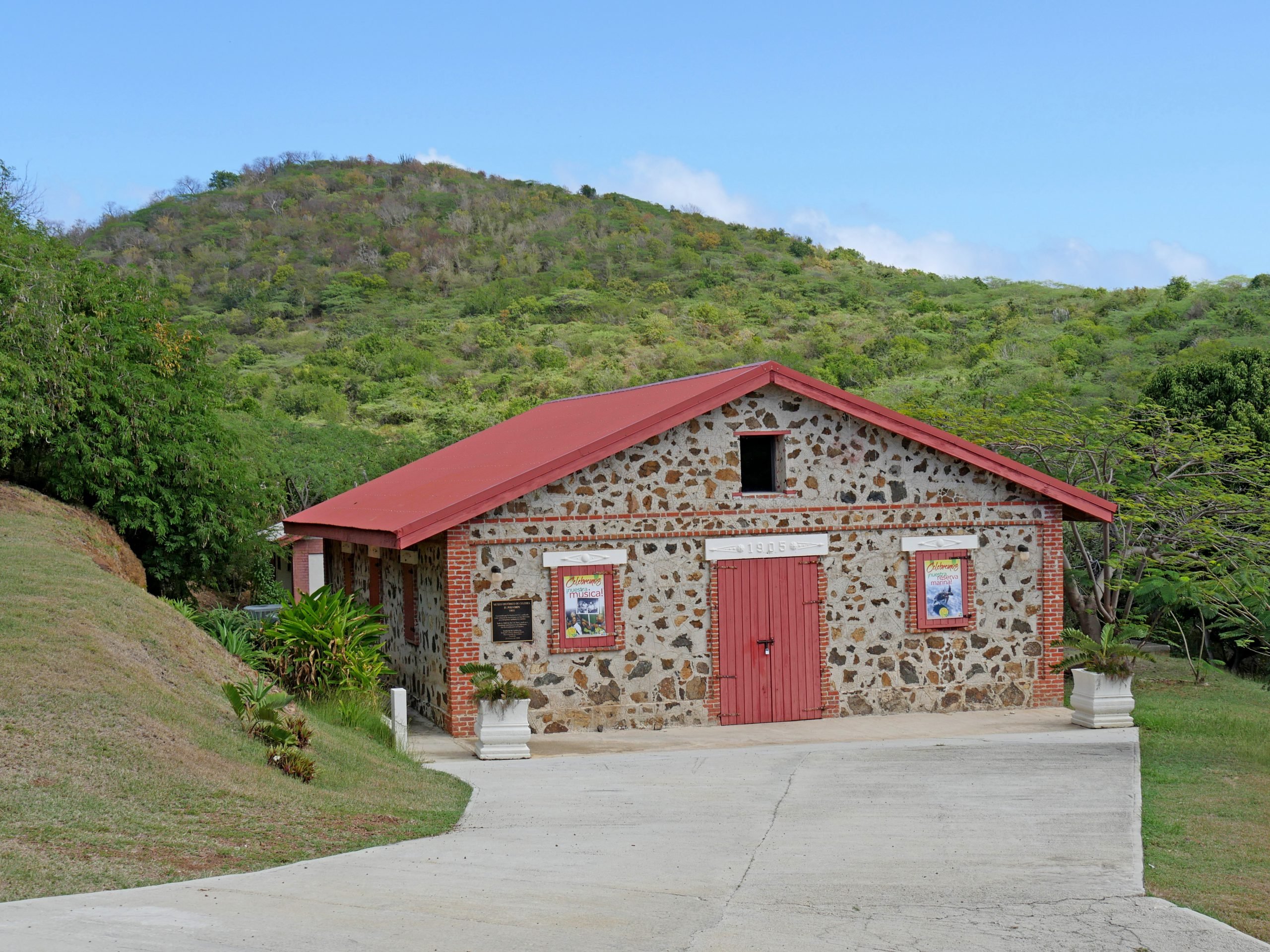
ENJOY HISTORY
The Culebra Historical Museum, also known as El Polvorin, is a museum dedicated to the history of Culebra. The museum is housed in a small building that was used as an ammunition depot by the United States Navy during World War II. The museum features historical artefacts from this period of warfare, as well as exhibits on native Taino Indians, sea turtle conservation and the island's natural history.
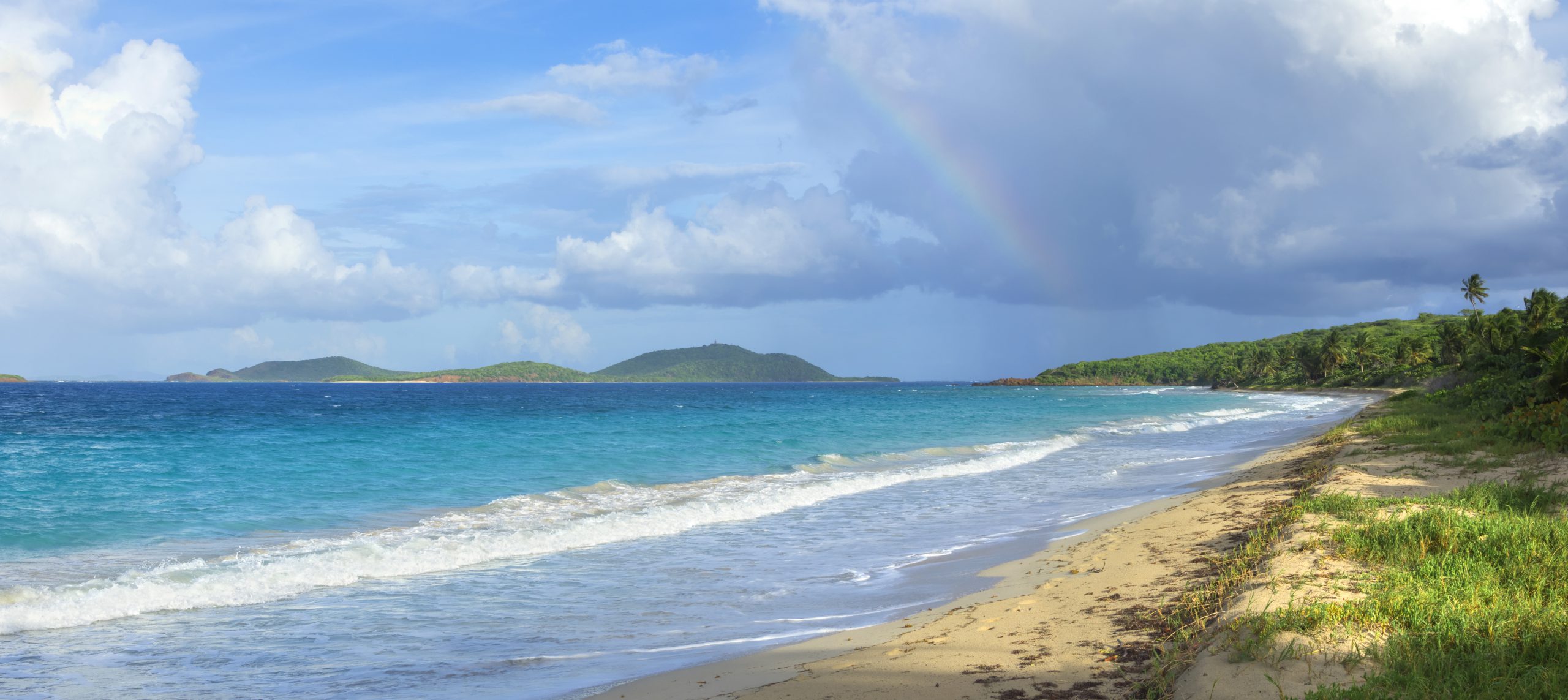
EXPLORE CULEBRITA
The Culebra Historical Museum, also known as El Polvorin, is a museum dedicated to the history of Culebra. The museum is housed in a small building that was used as an ammunition depot by the United States Navy during World War II. The museum features historical artefacts from this period of warfare, as well as exhibits on native Taino Indians, sea turtle conservation and the island's natural history.
DID YOU KNOW?
- Isla Culebra translates as Snake Island.
- Dewey, Culebra's only town, is where you will arrive on the ferry from Puerto Rico.

